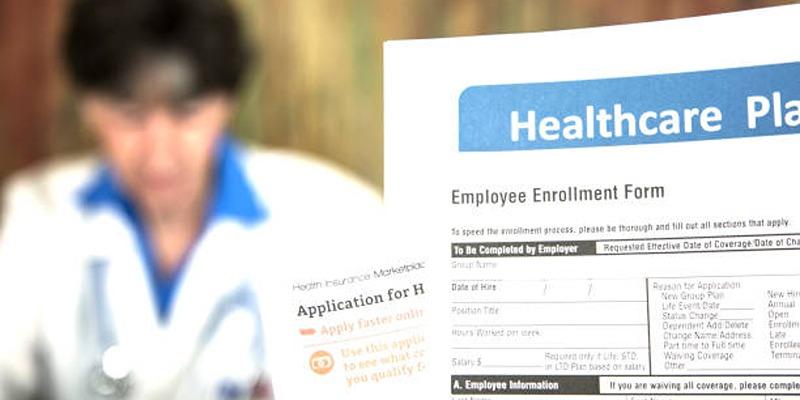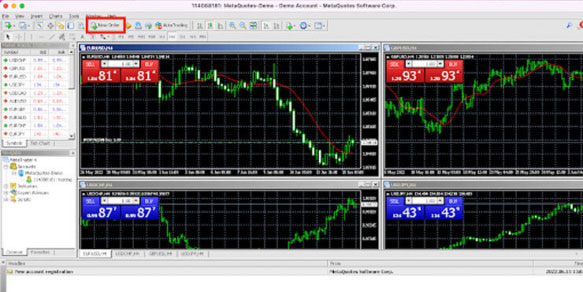Form 1099-H is an essential document for individuals who have received advance payments of Health Coverage Tax Credits (HCTC) through a qualified health plan. This form is issued by the payer, typically an insurance provider or a third-party administrator, reporting those payments made on behalf of the taxpayer. Understanding Form 1099-H is crucial for accurately completing your tax return, as it reflects the financial assistance you have received for health coverage. Such assistance is often vital for individuals and families who need affordable access to healthcare services, especially during economic hardship or employment transitions. In this guide, we will explore the purpose and proper handling of Form 1099-H, ensuring you are well-informed and equipped to manage this aspect of your tax obligations efficiently and effectively.
Understanding Form 1099-H:
These payments, often part of the Health Coverage Tax Credit program, aim to support workers and retirees who lost their health insurance due to layoffs or retirement related to international trade impacts or pension issues.
The form informs recipients of the total payments made on their behalf, which they must report in their tax filings. Its purpose is to alleviate health insurance costs for eligible individuals, helping maintain coverage during financial difficulties.
Who Needs to File Form 1099-H?
Entities making health coverage assistance payments for individuals typically issue Form 1099-H. These entities may include:
- Federal and State Agencies: If an individual qualifies for the HCTC program, agencies must report payments covering part of the insurance premium using Form 1099-H.
- Employers or Administrators: Employers or third-party administrators who assist with health insurance payments under the HCTC are required to provide Form 1099-H to the recipient and file it with the IRS.
- Individuals Receiving HCTC Payments: Individuals receiving advance payments must report these amounts on their annual tax return. Failure to do so may lead to tax filing errors and potential penalties.
Eligible Recipients of Health Coverage Assistance:
To receive health coverage assistance reported on Form 1099-H, individuals generally need to meet specific eligibility criteria under the HCTC program, such as:
- Workers Affected by International Trade: Certified by the U.S. Department of Labor as impacted by foreign trade under the Trade Adjustment Assistance (TAA) program.
- Pension Benefit Guaranty Corporation (PBGC) Recipients: Retirees aged 55 or older who receive PBGC benefits after their pension plan was assumed due to employer bankruptcy or financial distress.
- Qualified Family Members: Family members of an individual eligible for the HCTC can continue receiving assistance for up to 24 months if the individual passes away or becomes eligible for Medicare.
Key Sections of Form 1099-H:

The 1099-H form is a vital document for taxpayers who have received health coverage payments, consisting of several crucial sections that need careful attention and understanding:
1. Payer Information
This section identifies the entity responsible for making health coverage payments, which could be a federal agency, employer, or any other organization tasked with providing these payments. It includes the payer's name, address, and identification number, which is used by the IRS to ensure that the payments align with both the payer's and recipient's records. Accurate information here is essential to avoid any discrepancies during the tax filing process.
2. Recipient Information
This section contains the details about the individual receiving the payment, including your full name, current address, and Social Security Number (SSN). It is crucial for the IRS as it uses this data to cross-reference and match the information on the form with your tax return records. Providing accurate and up-to-date information helps in ensuring that your tax filing is processed smoothly and without delays.
3. Box 1: Amount of Advance Payments
Box 1 is arguably the most significant part of the 1099-H form for recipients. It indicates the total health coverage assistance payments made on your behalf throughout the year. This figure is crucial when preparing your tax return, specifically for completing Form 8885, where you can claim the Health Coverage Tax Credit. Understanding this section is essential as it directly affects the amount of tax credit you may qualify for, subsequently impacting the overall tax liabilities or refunds you might receive.
Utilizing Form 1099-H for Tax Filing:
Receiving Form 1099-H requires you to use its information to claim the Health Coverage Tax Credit (HCTC) on your tax return. Heres a detailed guide on how to proceed:
- Examine Form 1099-H: Start by reviewing the form to verify the accuracy of all details, such as payer and recipient information. Pay particular attention to the amount in Box 1, as it directly affects your tax calculations.
- Fill Out Form 8885 (Health Coverage Tax Credit): To claim the HCTC, you must include Form 8885, "Health Coverage Tax Credit," with your tax return. Enter the advance payment amount from Box 1 of your 1099-H in the specified section on Form 8885.
- Attach Form 1099-H to Your Tax Return: While you don't need to physically attach Form 1099-H to your tax return, it's crucial to keep it for your records. The IRS already has a copy from the payer, but retaining your own copy helps resolve any potential discrepancies.
- Verify Your Calculations: Double-check that the total credit amount you claim on Form 8885 matches the information on your 1099-H. Errors can delay the processing of your tax return or even trigger an audit.
Filing Deadlines and Critical Dates:

Form 1099-H filing deadlines generally coincide with those of other 1099 series forms, ensuring uniformity in tax reporting. Here are the key deadlines to keep in mind:
For Payers:
The payer is required to provide Form 1099-H to recipients by January 31st of the year following the tax year. This deadline ensures that recipients have adequate time to accurately incorporate this information into their own tax preparations, minimizing errors and ensuring compliance with tax obligations.
For IRS Filing:
The payer must also submit the completed form to the IRS by February 28th if filing via paper, or by March 31st if filing electronically. This timeline is critical for maintaining timely and accurate tax records. Missing these deadlines or submitting incorrect information may result in penalties, which can include fines or additional scrutiny from the IRS, emphasizing the importance of adherence to these dates.
These deadlines are part of a broader framework designed to facilitate organized and efficient tax reporting for both payers and recipients, underscoring the importance of timely compliance to avoid any potential issues.
Conclusion:
Form 1099-H is an essential instrument for individuals involved in providing or receiving health coverage assistance through the Health Coverage Tax Credit (HCTC) program. This form is issued to report the amount of advance payments of HCTC made on behalf of eligible recipients for their qualified health insurance premiums. By comprehending its purpose and details, both payers and recipients can ensure compliance with IRS rules, minimize tax filing errors, and avoid potential penalties that may arise from inaccuracies. The HCTC is designed to help certain individuals, such as those who have lost their jobs due to trade-related reasons or who are receiving benefits from the Pension Benefit Guaranty Corporation, afford quality health insurance. If you receive health coverage assistance, it is crucial to diligently review your 1099-H for accuracy, ensuring that all information matches your records.




